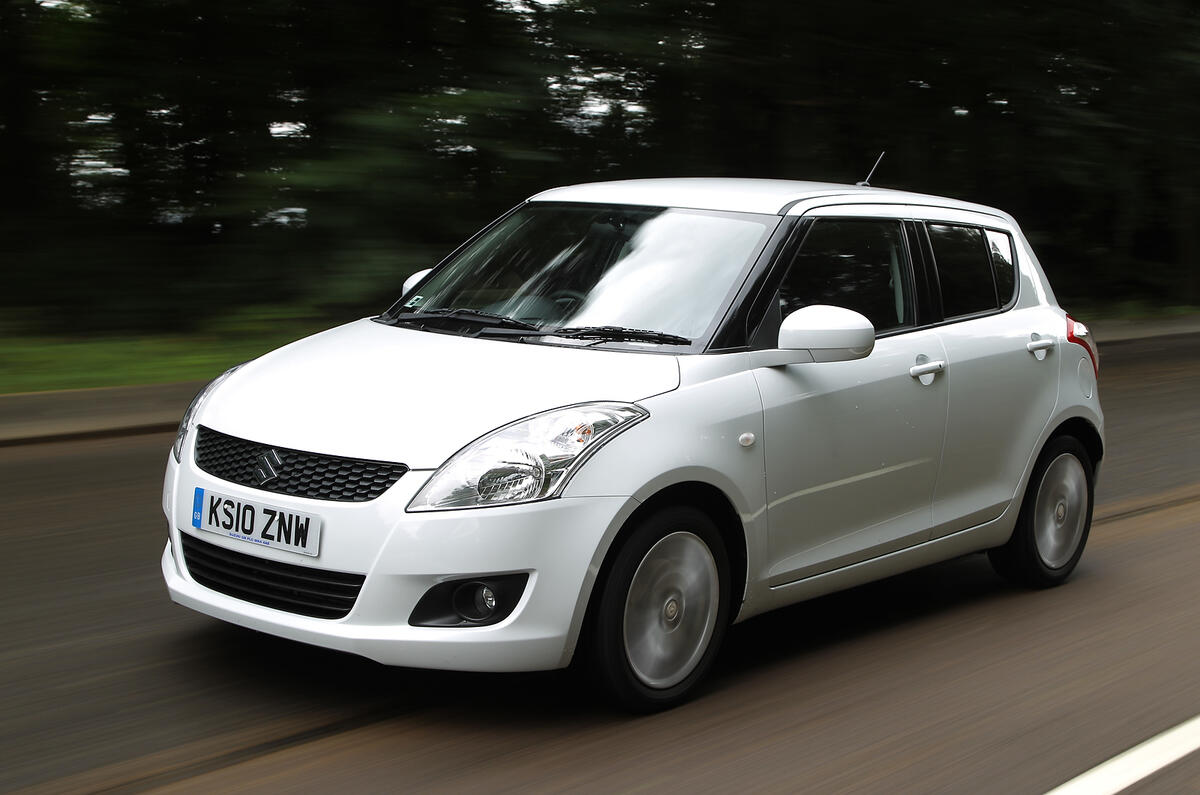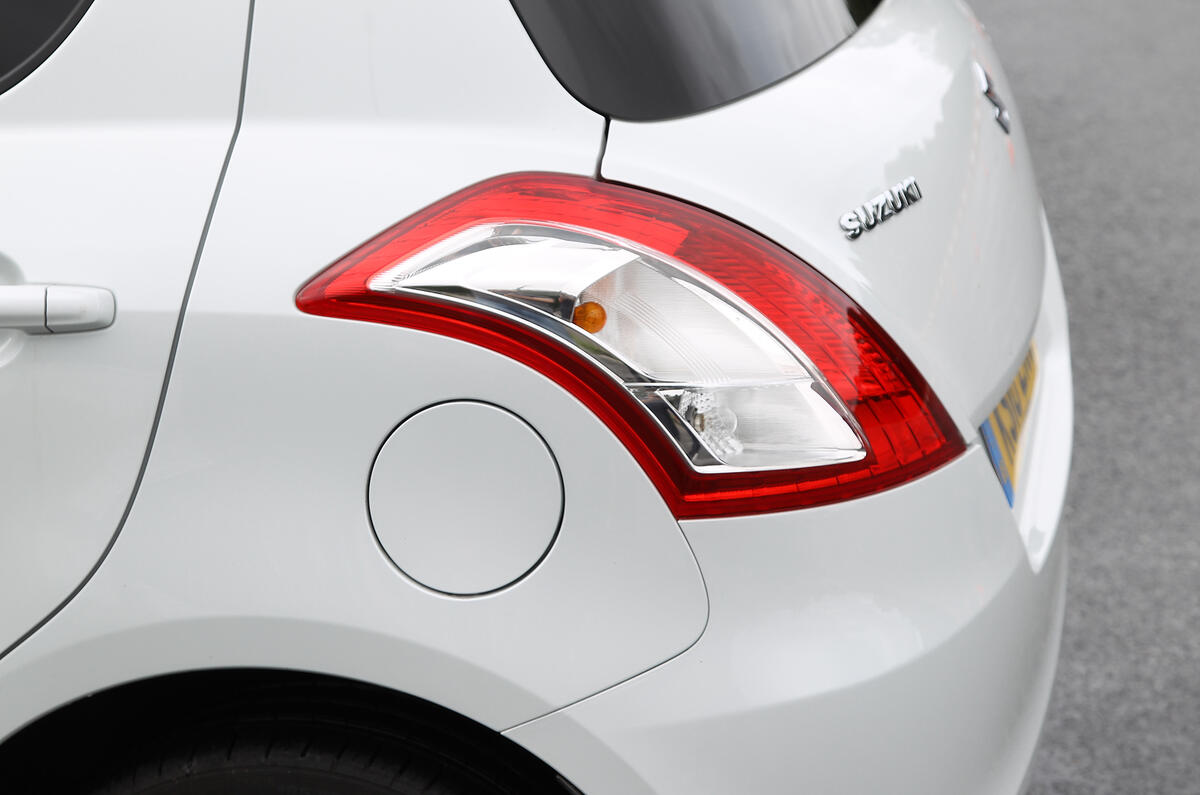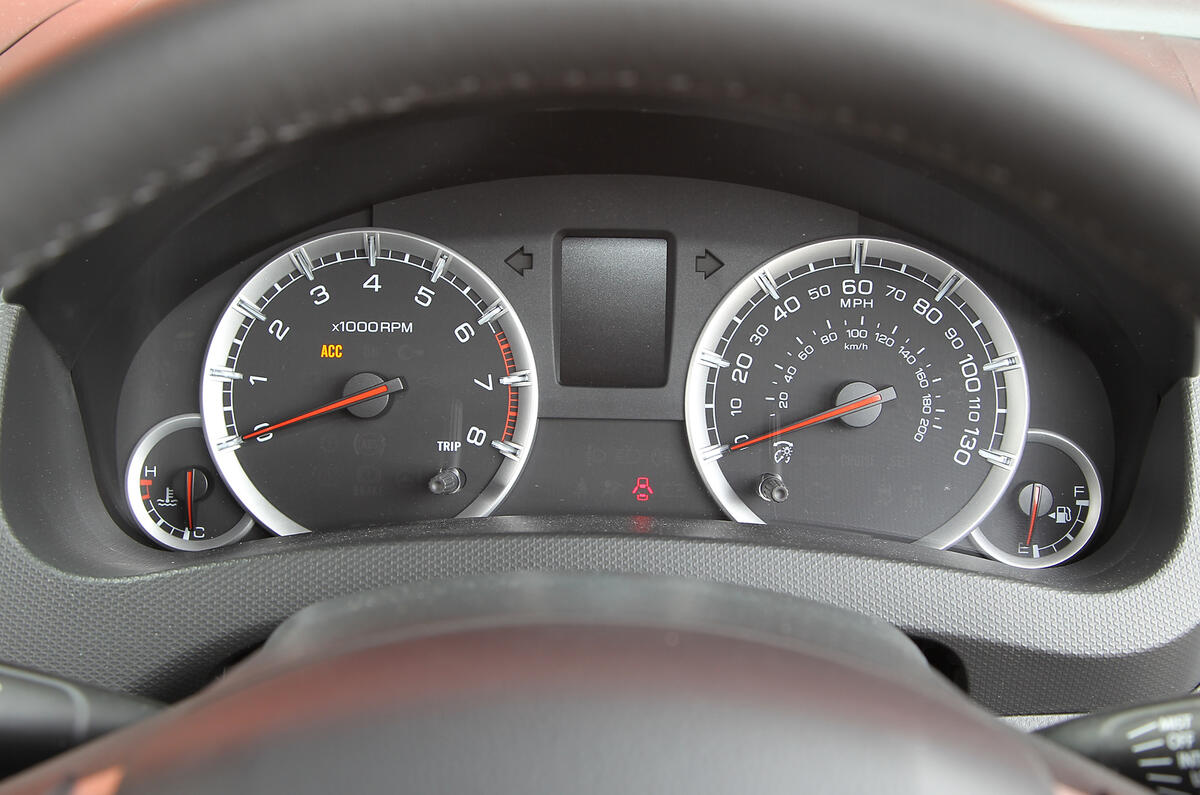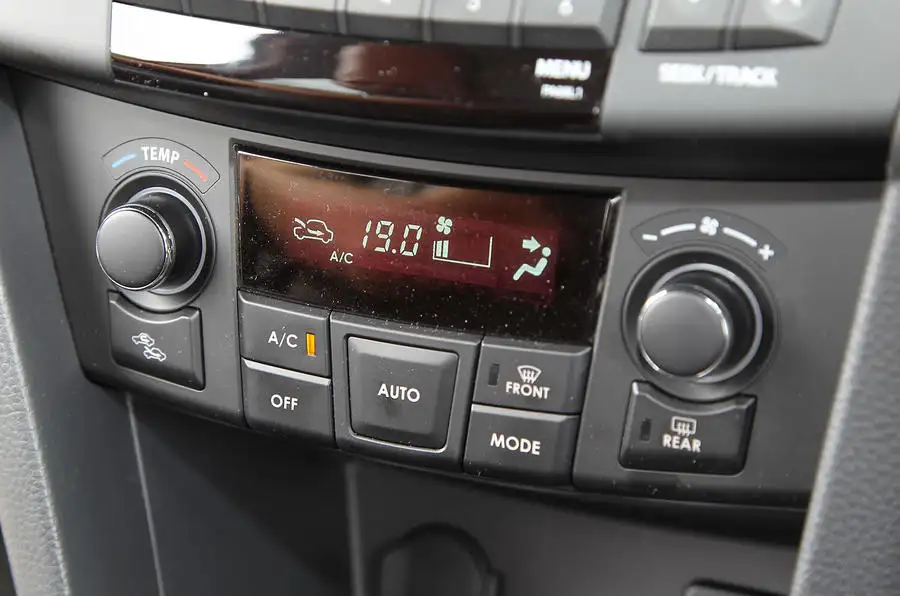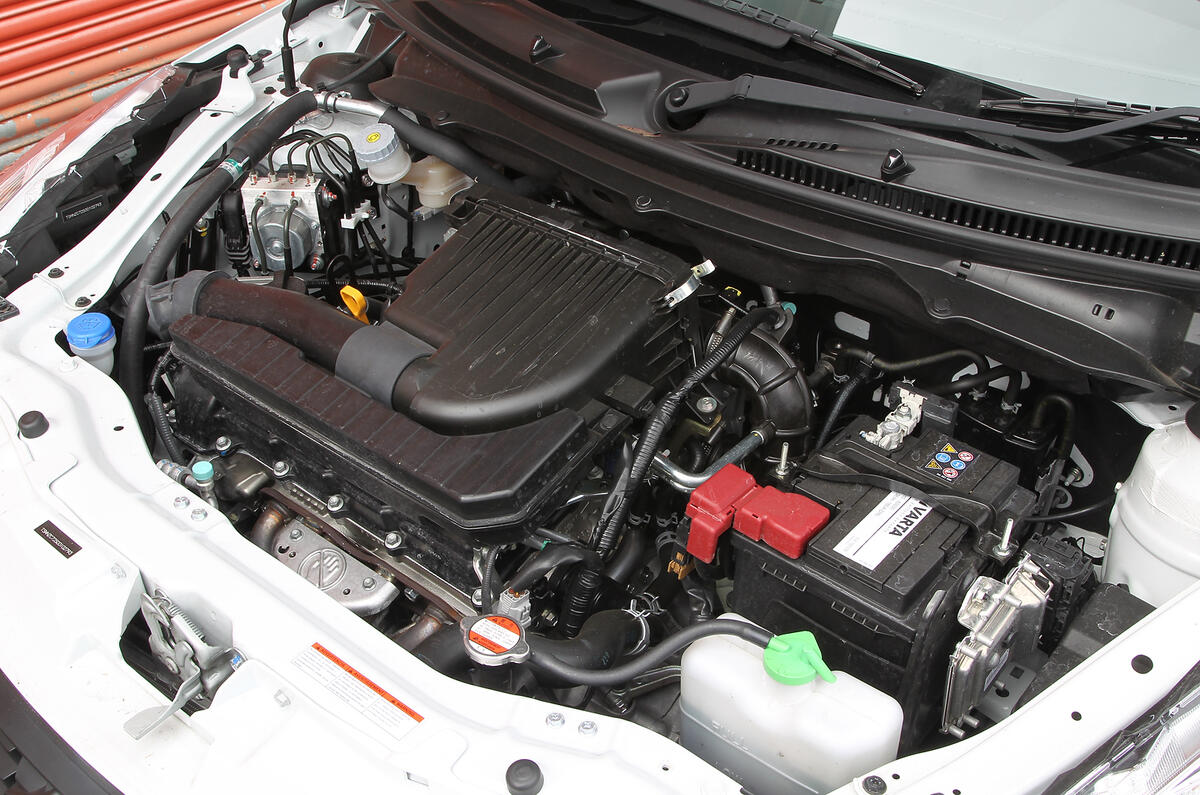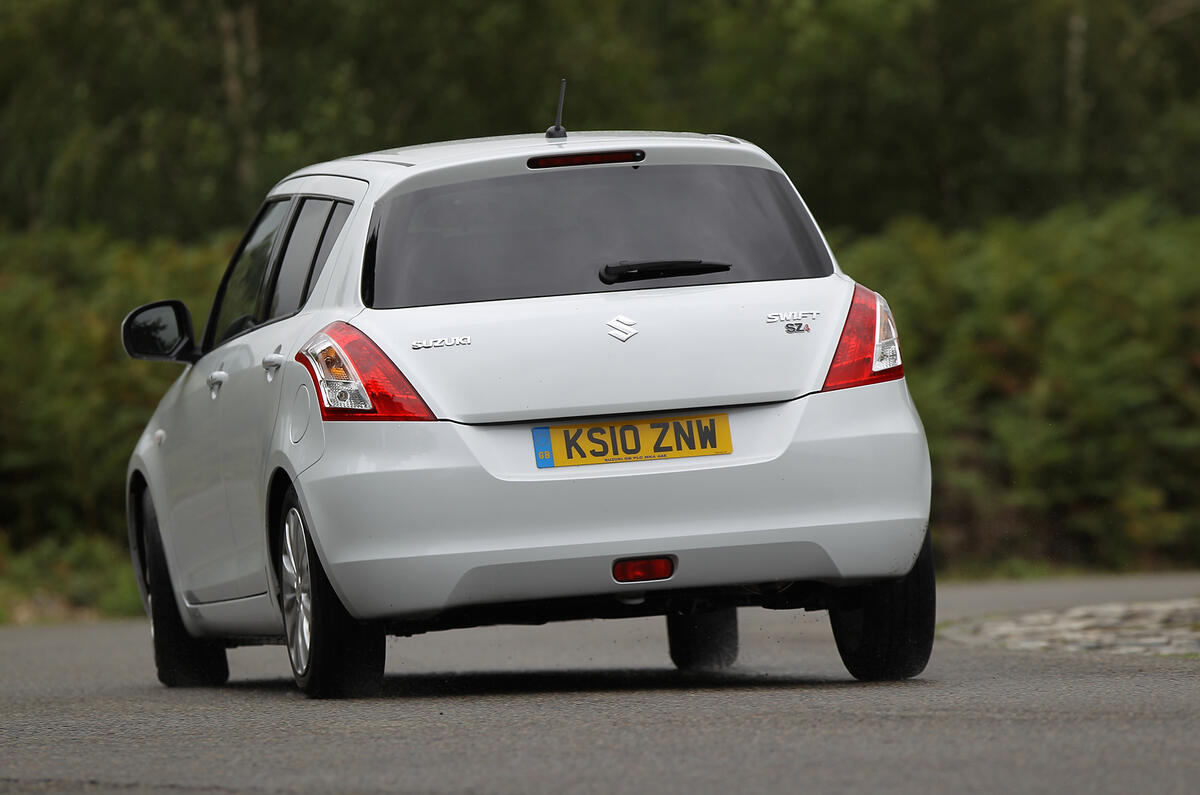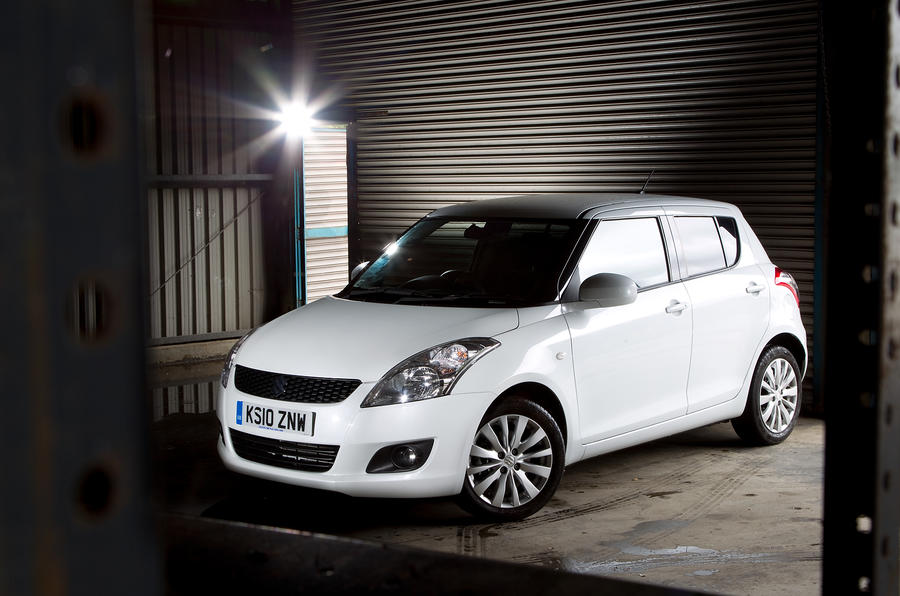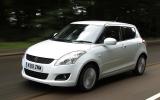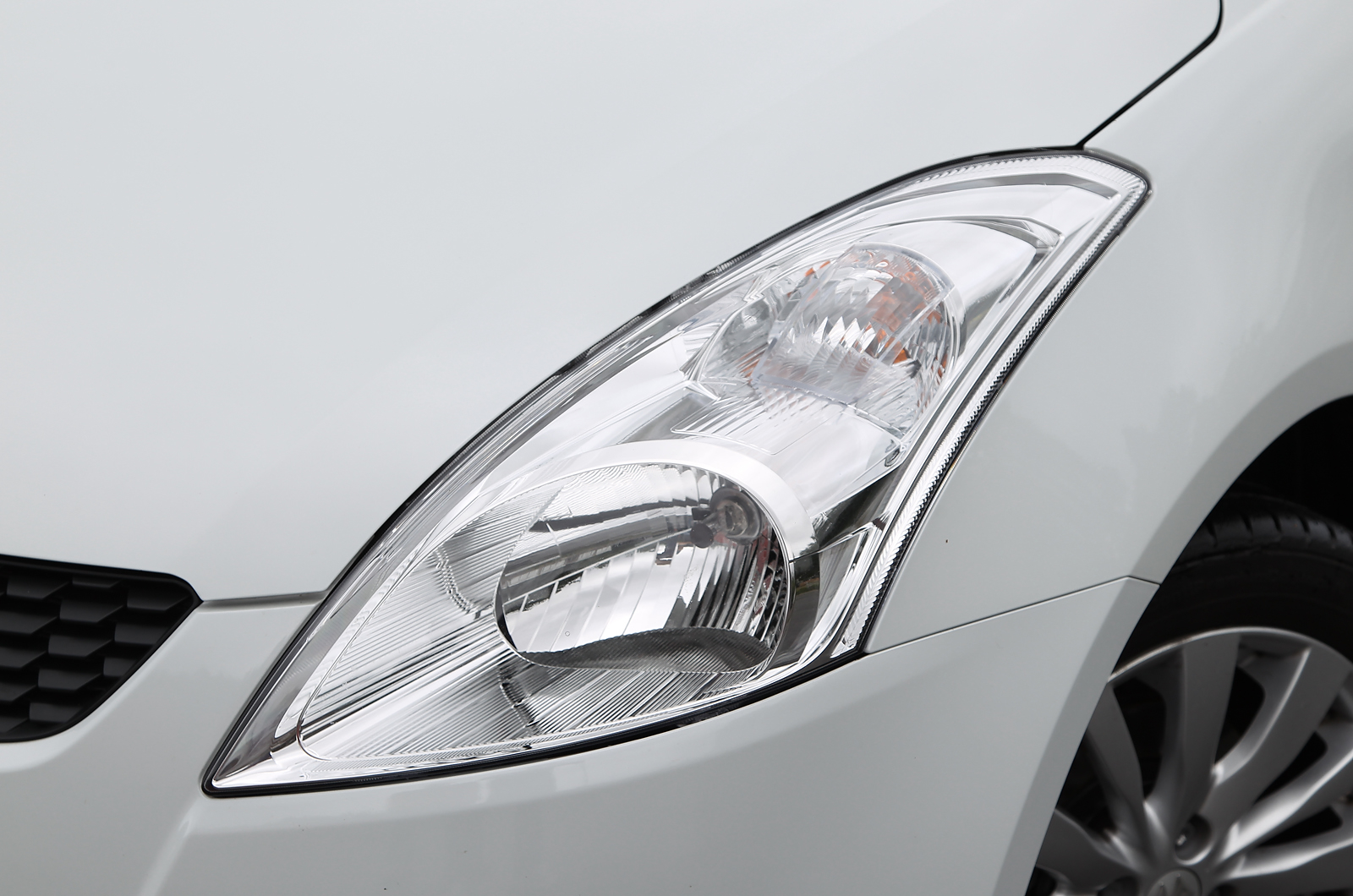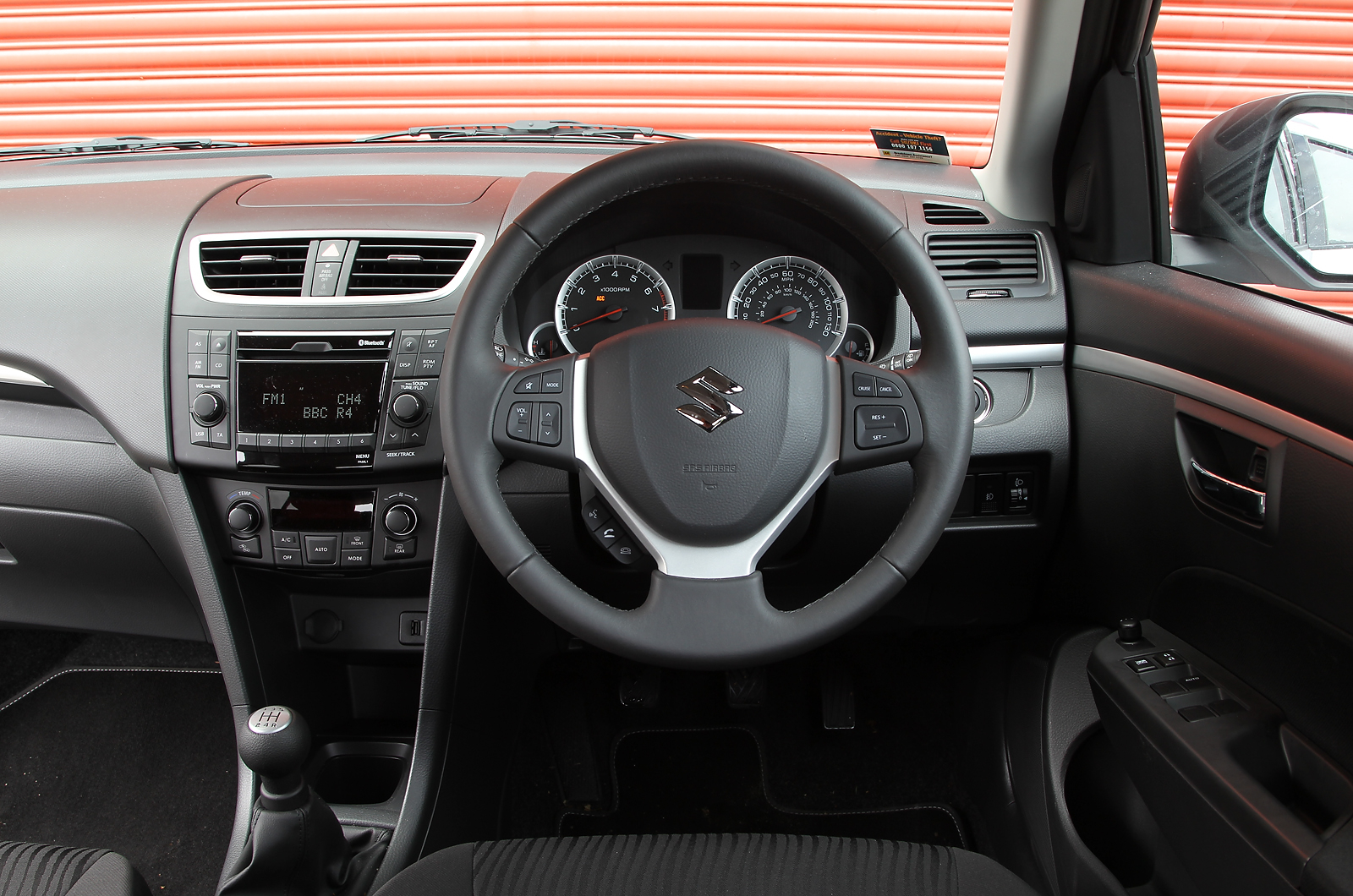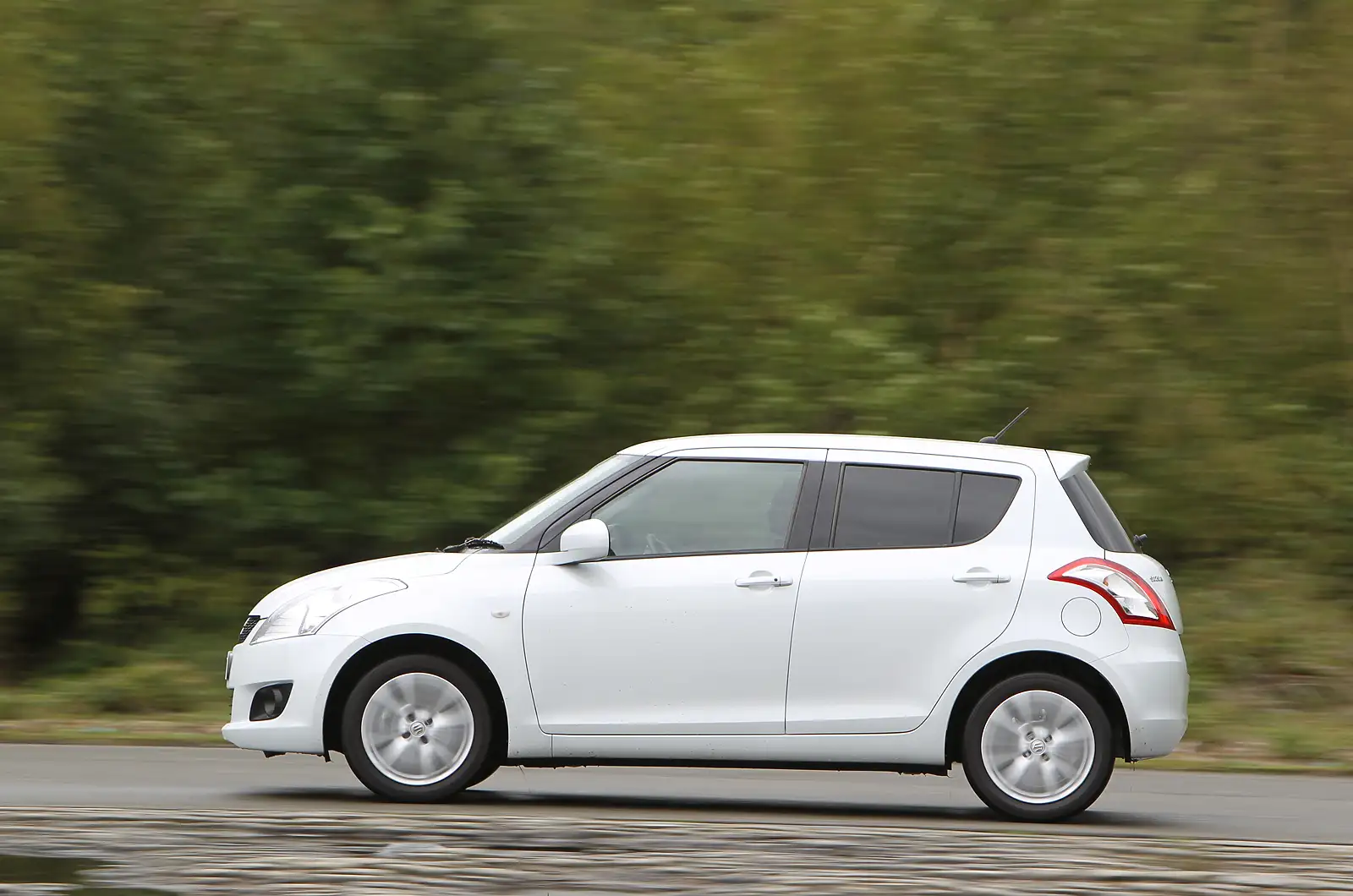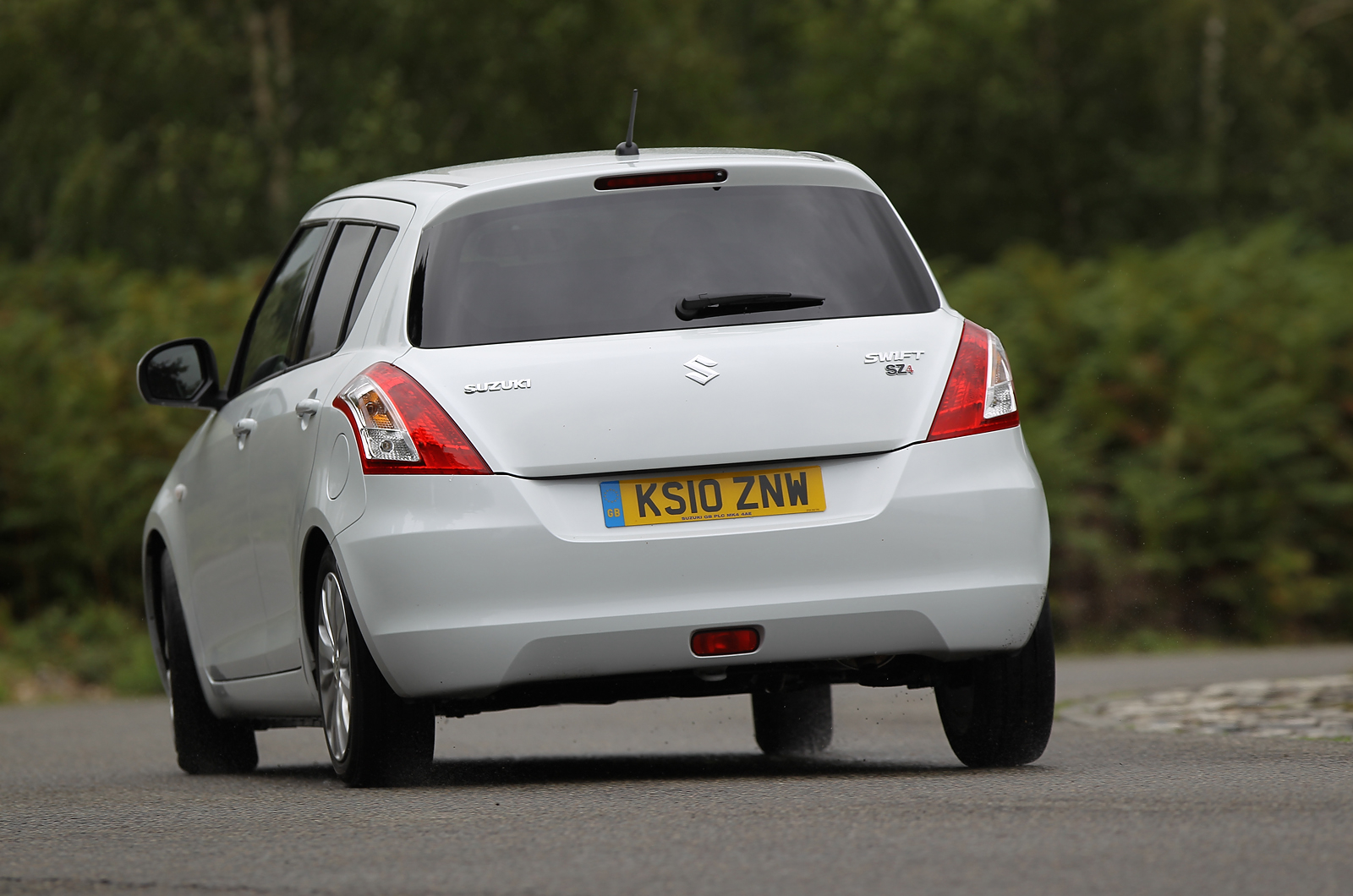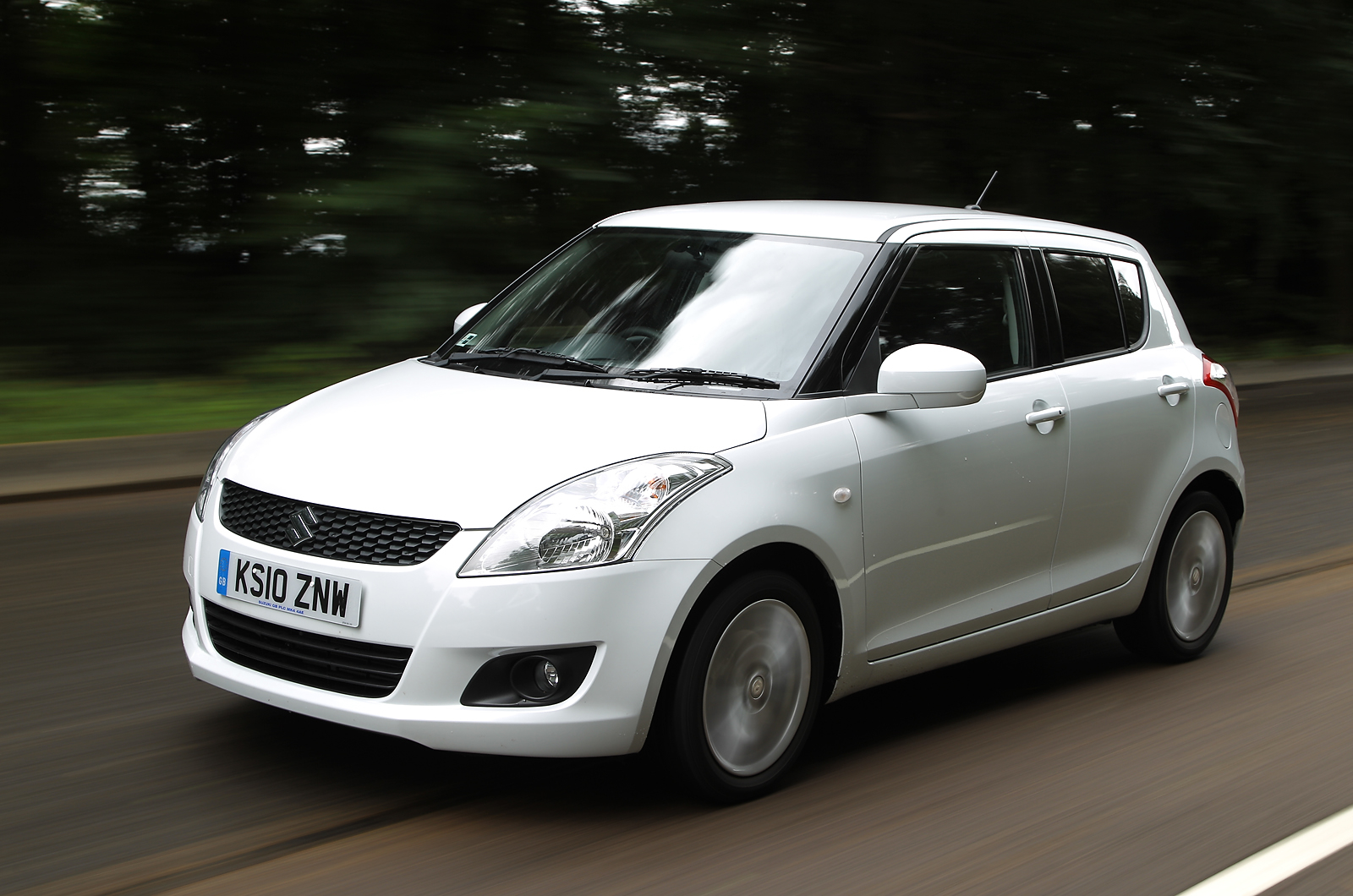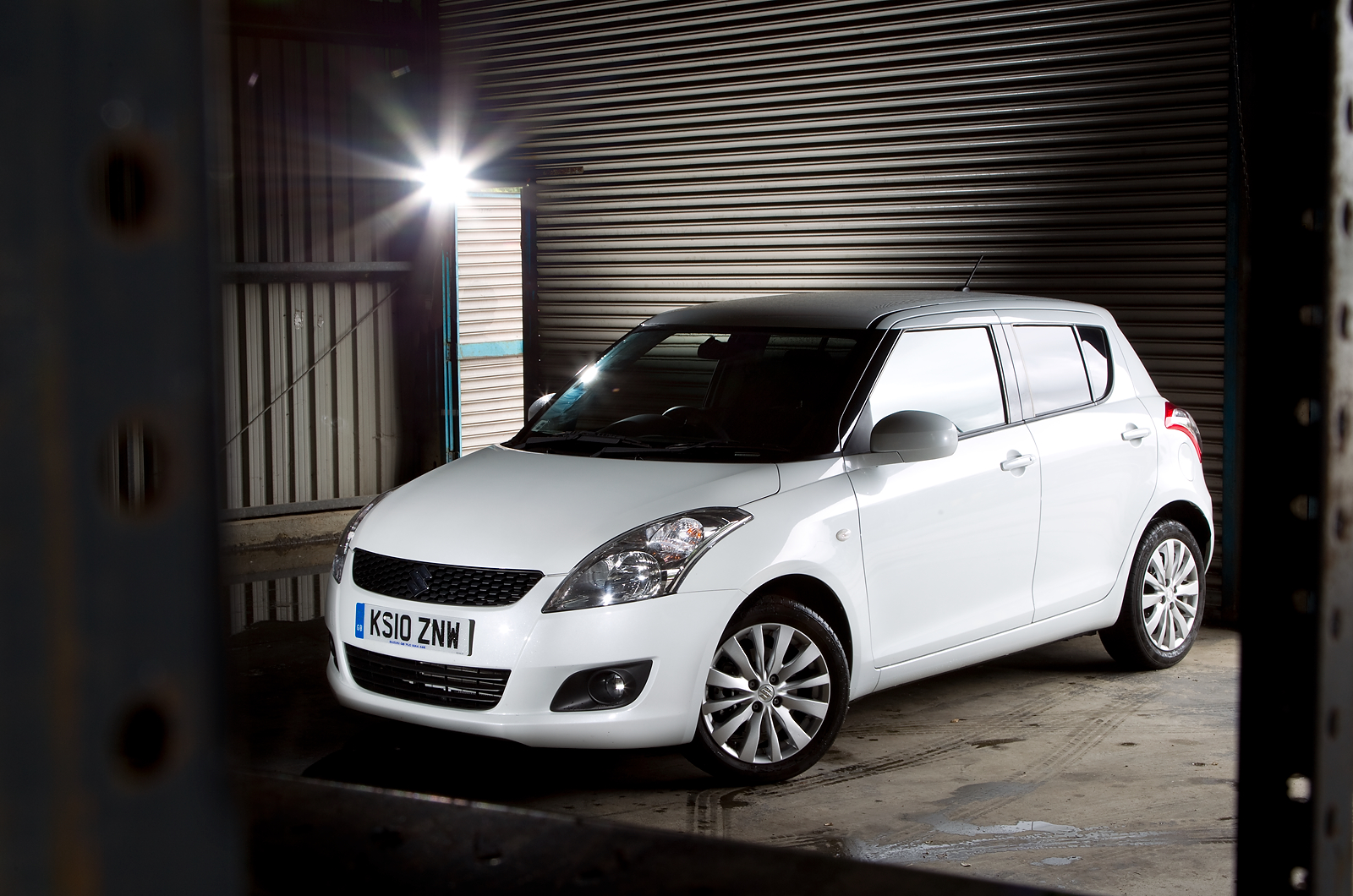Suzuki is a quiet giant – a mass maker of cars like the Suzuki Swift, motorbikes, SUVs, ATVs and outboard motors, yet its position in our consciousness Suzuki sits well beneath Subaru and Mitsubishi, never mind Nissan, Honda and Toyota.
The first Swift actually dates from 1983 and was unusual back then for appearing under an amazing variety of guises: Chevrolet Swift/Sprint/Metro, Geo Metro, Holden Barina, Pontiac Firefly, Maruti 100, Subaru Justy, Suzuki Forsa and Suzuki Jazz. It was also extraordinary for surviving for 12 years and for briefly running alongside its 2000 dual-named Swift/Suzuki Ignis replacement. The 2004 Swift that replaced these was vastly more competitive, but shorter lived.
Suzuki has taken the evolutionary route with this Swift. It requires a hard stare to distinguish it from the old version, whose style it emulates in almost every detail. There’s no stand-out area of improvement here. Instead, the Swift has incrementally advanced on multiple fronts and, as we’ll see, mostly to good effect.
The new range starts with a three-door Suzuki Swift 1.2. The five-door 1.2 SZ4 is the most expensive petrol model in the line-up, while an automatic gearbox adds further to the price. A 1.3-litre Suzuki Swift diesel is only available in SZ3 trim.
Such are its merits, the warm hatch Suzuki Swift Sport is reviewed separately elsewhere.



